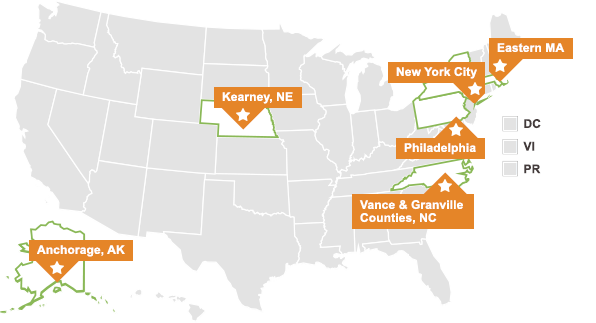A recent report from the Centers for Disease Control and Prevention (CDC) shows widespread progress in reducing obesity among preschool children enrolled in federal health and nutrition programs. This is the first time in decades that rates have dropped among young children from low-income families, who typically have higher rates of childhood obesity.
Among the places with declines, the U.S. Virgin Islands had the greatest decrease, from 13.6 percent in 2008 to 11 percent in 2011. Florida, Georgia, Missouri, New Jersey, and South Dakota saw rates drop by at least one percentage point during that period. Rates remained stable in 20 states and Puerto Rico and increased in only three states - Colorado, Pennsylvania, and Tennessee.
The authors of the report documenting the declines cite several factors that may have played a role:
- updates to the food package for the Special Supplemental Nutrition Program for Women, Infants, and Children;
- new nutrition and physical activity standards for early child-care programs; and
- increased support for breastfeeding mothers.



